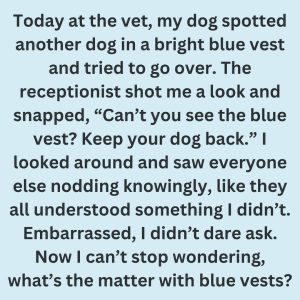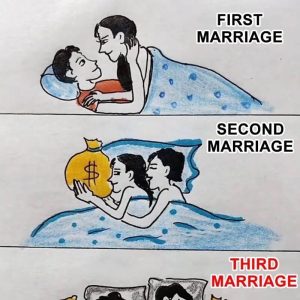Seventeen and in love, the narrator cherished her final high school days with her boyfriend Brian and best friend Jess. But during a sentimental event to bury a time capsule, Brian abruptly ended things, accusing her of ruining everything. Jess, seemingly supportive, comforted her, but something about her reaction felt rehearsed. The heartbreak marked the beginning of emotional scars, and over the years, contact with Jess faded. The past stayed buried—until an unexpected email from a former classmate invited her to a reunion to unearth the old time capsule.
At the reunion, familiar faces reappeared, including Jess and Brian—together. Among the capsule’s contents, the narrator found her old silver locket, along with a handwritten envelope from Jess. The letter inside revealed Jess’s betrayal: she had fabricated texts and spread lies to make Brian believe the narrator had been unfaithful. Her motive was envy—of the narrator’s life, love, and happiness. Jess admitted she didn’t even love Brian; she simply wanted to destroy something beautiful because she couldn’t bear her own unhappiness.
The narrator confronted Jess, who offered no denial—only a tired admission. The damage had been done: Jess had taken away more than a relationship; she’d stolen years of trust, confidence, and clarity. As the narrator walked away, she ran into Brian. He had already read the letter. Quietly regretful, he admitted he had believed Jess without ever confronting the narrator. Now living just a few stops away from her in New York, he asked if he could take her to dinner—just once—to apologize properly.
She agreed, but only if he promised her a new locket to replace the one that had “been through hell.” Their laughter echoed not as a fairytale resolution, but as a glimmer of hope. It wasn’t perfect or dramatic—just honest. A moment of reconnection that honored both their youth and the pain they’d endured.
Sometimes, truth takes years to surface, but when it does, it has the power to heal. This story wasn’t about reclaiming the past but discovering that second chances can emerge from old wounds—not to erase the pain, but to remind us that broken things can still be made whole.




